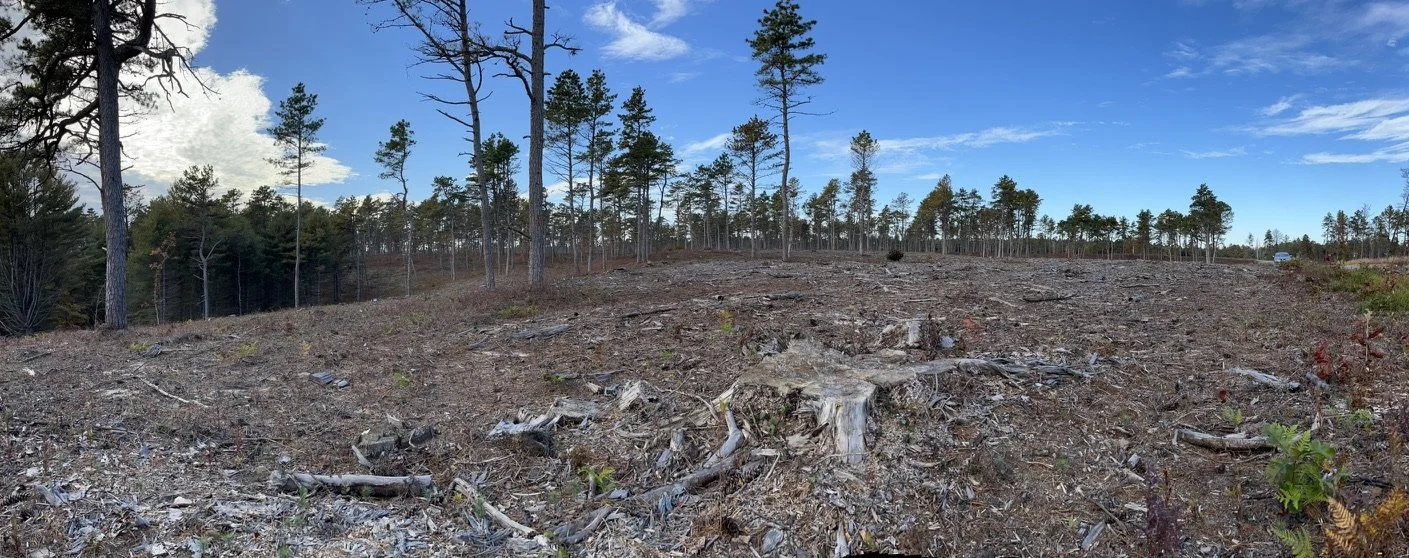“Anyone can identify destructive forest practices. You don’t have to be a professional forester to recognize bad forestry any more than you need to be a doctor to recognize ill health. If logging looks bad, it is bad. If a forest appears to be mismanaged, it is mismanaged.”
“Forest-clearing to Create Early-successional Habitats:
Questionable Benefits, Significant Costs”
A new paper co-authored by RESTORE’s Michael Kellett was published in January 2023 in the peer-reviewed journal, Frontiers in Forests and Global Change. The paper reviews and assesses the growing campaign to clear established forests to create early-successional (or “young forest”) habitats through clearcutting, “patch” cutting, burning, herbicide applications, mulching, and other intensive forest management. This practice is widespread on public lands across the Northeast and Upper Great Lakes regions of the U.S.
Advocates of forest-clearing contend that it is needed because young forest habitats are disappearing and species that depend on them are disastrously declining. However, authors of the paper concluded that there is little evidence to support this claim. On the contrary, clearing established forests undermines the recovery and protection of rare old-growth forests, worsens climate change, and degrades vital green spaces needed for public health and well-being.
The paper recommends dramatically expanding parks and preserves protected from logging and other resource development, ending the clearing of forests for wildlife on public lands while maintaining existing early-successional habitats as appropriate, and encouraging private landowners to protect forests as much as possible.
You can read or download the paper, “Forest-clearing to Create Early-successional Habitats:Questionable Benefits, Significant Costs,” at the Frontiers website.
Montague Plains Wildlife Management Area “pine barrens restoration,” Massachusetts, 2022, Glen Ayers


